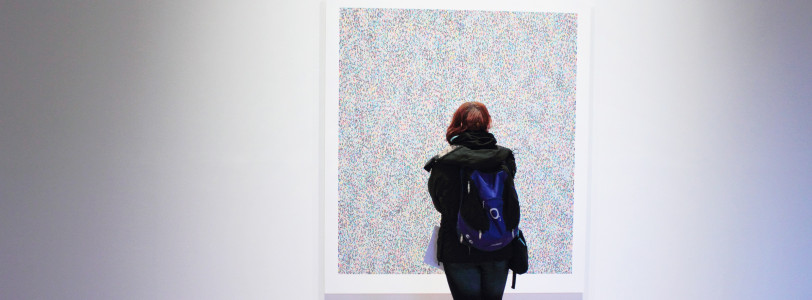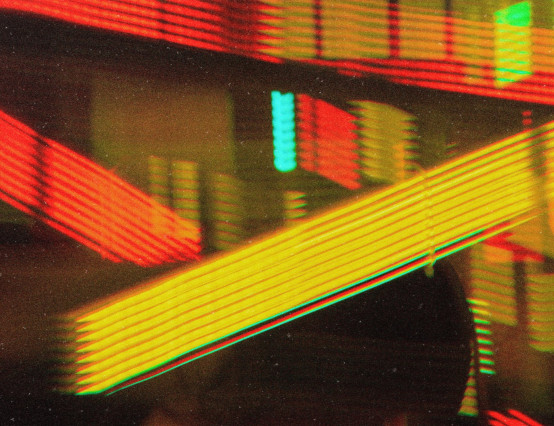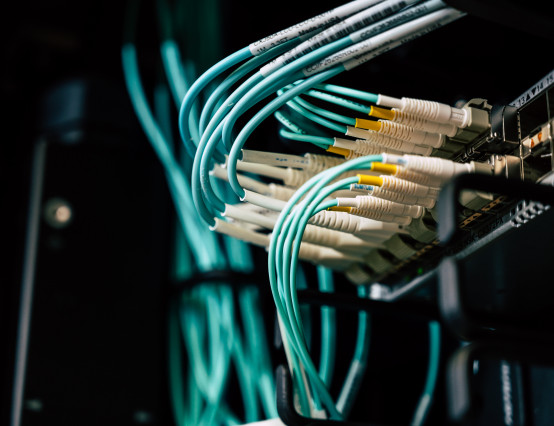Art follows innovation. Now more than ever artists are turning to technology to enhance their creative practice. Forbes estimates that we now spend more than 12 hours a day in front of phones and computers, so are online platforms the future for art events?
An exhibition is a space where art meets audience. While traditionally this has been a physical location (typically inside of museums or galleries), digital exhibitions offer new ways of presenting works.
These virtual spaces play host to collections that are redefining how we view and think of art. Unlike the physical spaces, these emerging platforms are readily available to showcase experiments in new media art. New Exhibition Media’s Further Experiments is a shining example of how performance art, photography, and live simulations can be curated in an engaging way for online viewing.
These spaces are fertile ground for the next generation of art as they are cheap to create and maintain, meaning museums can take chances on lesser-known artists.
Coupled with the fact that audience members from anywhere in the world only need a computer and a wifi connection to attend, it is clear to see the advantages digital platforms offer.
Not only do these exhibits offer massive exposure for emerging artists, they are also useful as tools for learning. Take the Willi Smith Community Archive, this exhibit documents the life and works of the designer with a level of detail rarely seen in offline exhibits. The archive also offers greater interactivity through videos, pictures, and interviews, helping immerse viewers in the collection in new and engaging ways.
So should you expect to see only digital exhibitions in the not too distant future? I highly doubt it. While the technology does challenge both the creation, and curation of art – there's no replacing the experience of the size and scale of an exhibition hall. What virtual viewing does offer, however, is an extension of these spaces.
These sites offer a great alternative to viewing past shows, and the exploring of art both old and new – take MoMA’s Virtual Views for example. Websites and VR are great tools for learning, archiving, and challenging established practices in art – and while the relationship between art and technology is bound to change with every new development, it is clear to see that the future is looking bright for the world of digital exhibitions.









0 Comments